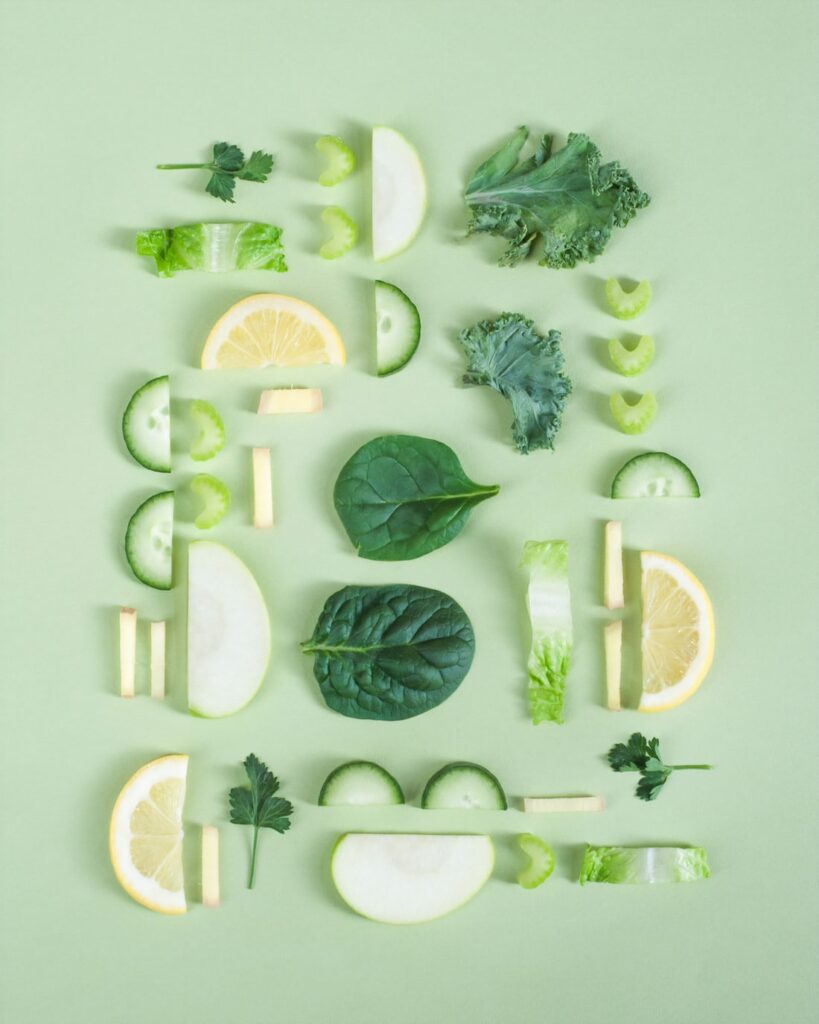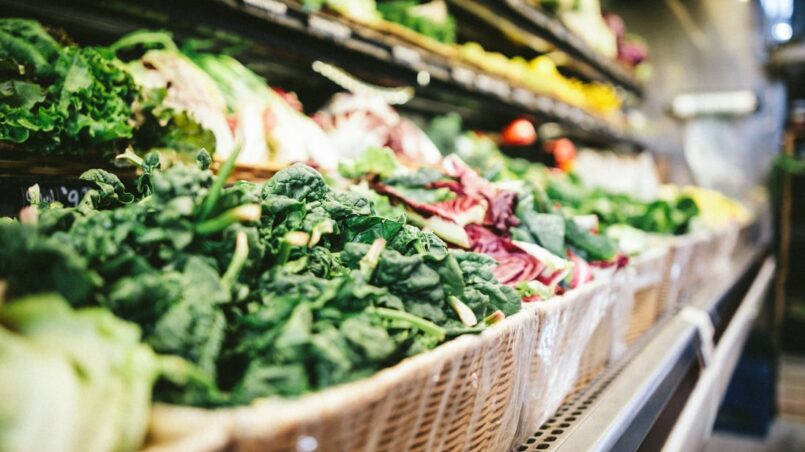
Organic, non-GMO fruits and vegetables, especially green fruits and vegetables, are well-known for their health benefits. However, some are much superior than others. Fortunately, many of our old classics are high in vitamins, minerals, fiber, and protein, and some even have both. Greens are also very adaptable and simple to integrate into meals, snacks, and smoothies.
To begin, what exactly is the problem with conventionally grown and GMO foods? Plants and animals that have been genetically modified, or GMOs, are plants and animals that have been produced by mixing DNA from different species in a way that does not occur naturally or by conventional cross-breeding. Nobody knows for sure how this will affect us in the long run.
These five greens can optimize your intake of essential vitamins and nutrients.
1. Kale
The hardy, green leaves of this leafy vegetable give it an advantage. Kale is a cruciferous vegetable, unlike lettuce and spinach. Kale is high in glucosinolates, as well as vitamins K, C, A, and B6, as well as minerals like folate, fiber, and manganese.
So, what’s a tasty way to reap all of kale’s health benefits? Of course, you can eat raw kale salad, but there’s a better way! Heat kale in a pan with a splash of olive oil on the stovetop to balance the slightly bitter taste. Heat and olive oil aid in the breakdown of fibers and the absorption of nutrients.
Kale, when properly prepared, can also help to balance LDL cholesterol levels in the body.
2. Broccoli Sprouts
Broccoli sprouts remain at the top of the list of cruciferous vegetables. This immature broccoli, harvested when it is just 3-4 days old, contains more vitamins than the fully grown broccoli.
Broccoli sprouts, like kale, are high in glucosinolates. It’s sulforaphane in this situation. Sulforaphane helps the body protect itself against oxidative stress. It can also help to maintain a balanced digestive system. The slightly crunchy texture and spicy taste of broccoli sprouts is another great reason to include them in your diet. Broccoli sprouts turn an ordinary salad into a tasty side dish. Cooking deactivates the enzyme that converts glucosinolates to isothiocyanates, so I suggest consuming them raw.
3. Spinach
The nutrients in spinach leaf greens are abundant, including vitamins K, A, C, E, and B2. The nutritional value of spinach varies depending on how it is cooked. When spinach is cooked, many vitamins and minerals are lost, including vitamin C and folate. When spinach is cooked, it contains more vitamin A and iron than when it is consumed raw. Cooked spinach has 839 mg of potassium and 4 grams of fiber per cup. Flat or smooth-leaf spinach is the most popular spinach variety in grocery stores, both fresh and frozen.
4. Mustard – Sarso
Sarso ka saag is a popular North-Indian winter dish (especially when served with makke ki roti and jaggery on the side), and not just because it’s tasty. Mustard greens are high in calcium, magnesium, zinc, potassium, manganese, and dietary fibre, as well as vitamins A, C, E, and K. Mustard greens have many health benefits, including improving digestive health and lowering cholesterol levels.
5. Fenugreek – Methi
When it comes to fenugreek, don’t restrict yourself to the seeds; the leaves are also very versatile, nutritious, and tasty. Iron, dietary fiber, protein, manganese, and magnesium are all abundant in fenugreek leaves, which also have antioxidant properties. They will help new mothers produce more breast milk and boost testosterone levels in men. They also aid in appetite control and blood sugar regulation, as well as cholesterol, indigestion, and inflammation reduction.
6. Chenopodium album – Bathua
This green vegetable may be unfamiliar to you, but it is very common in Rajasthan, Himachal Pradesh, Bihar, and Bengal. Bathua is high in amino acids, iron, potassium, phosphorus, and calcium, as well as vitamins A, C, and B complex. This winter green is a must-have for anything from constipation to liver health. It’s also easy to prepare and goes well with a variety of foods, including chickpeas (chana) and cottage cheese (paneer) as well as chicken!
What’s the Best Way to Get All Your Greens?
I recommend that you eat a variety of fruits and green vegetables of various colors. However, I understand that they are not always convenient or tasty choices. Fortunately, you can enjoy the health benefits of these five essential greens without having to prepare them.
My Organic Greens powder is packed with nutrients! It simplifies the process of incorporating certified organic, plant-based nutrients into your diet. By beginning my day with an Organic Greens smoothie, I get a head start on my daily veggie intake!
Combine Organic Greens with frozen fruit and protein powder in your favorite green drink recipe. Add some red fruits and vegetables, such as apples or beets, for an extra nutrients.
When you buy Organic Greens, I also throw in a free eBook with a bunch of tasty recipes, so you can try a new beverage every day! Green leafy vegetables are packed with nutrients, and an organic green juice is a perfect way to get them. With these five vegetables in your diet, you will make huge strides for better health and wellness.




1 Comment